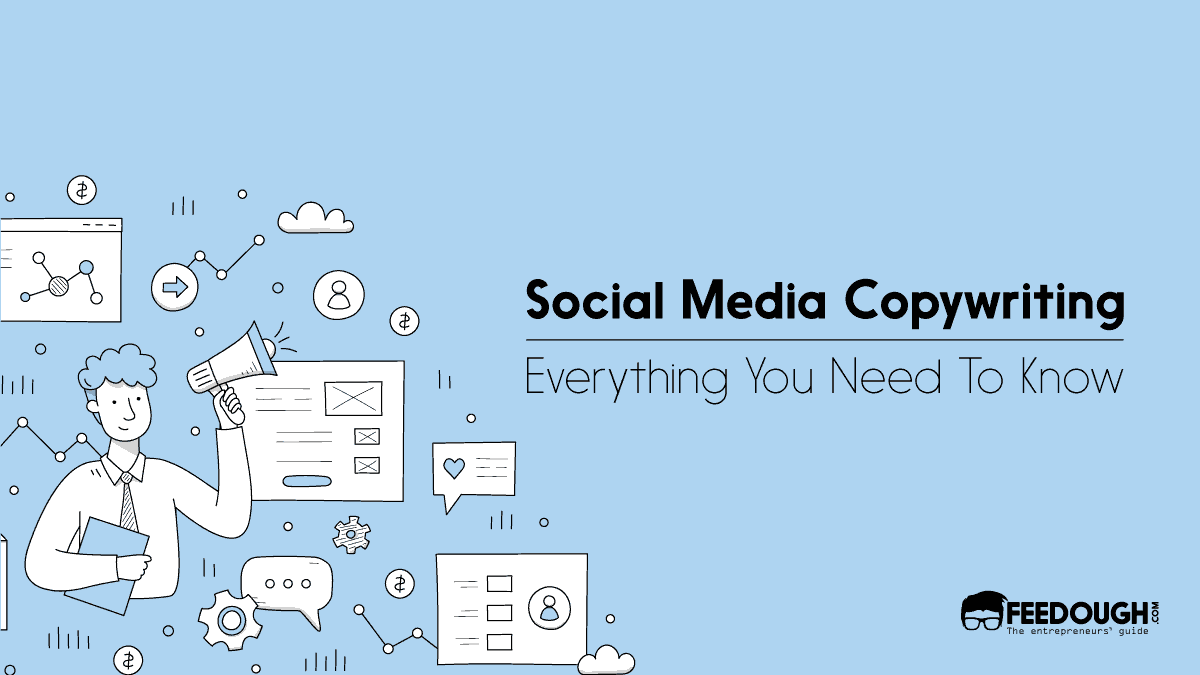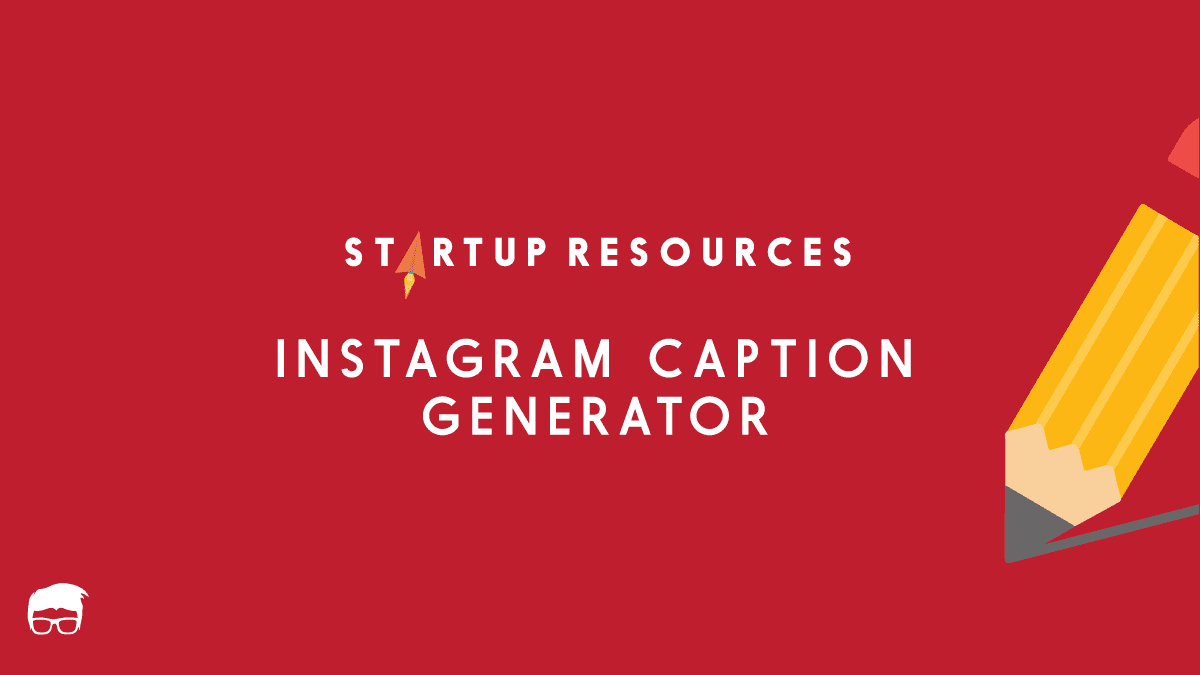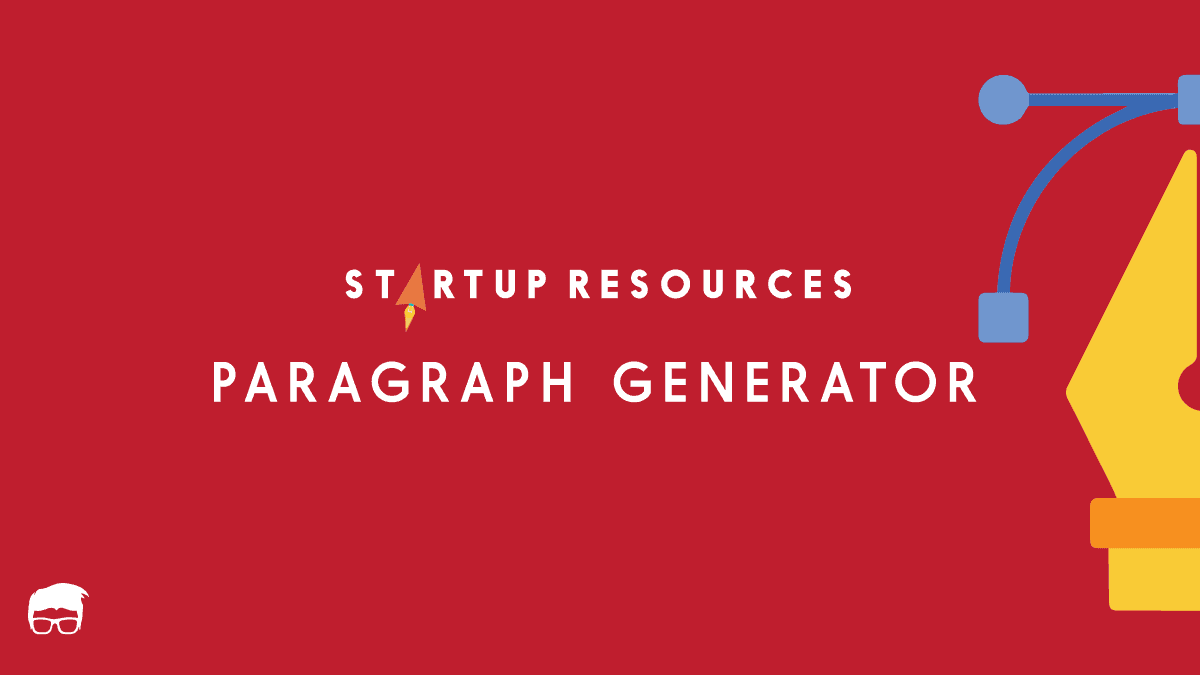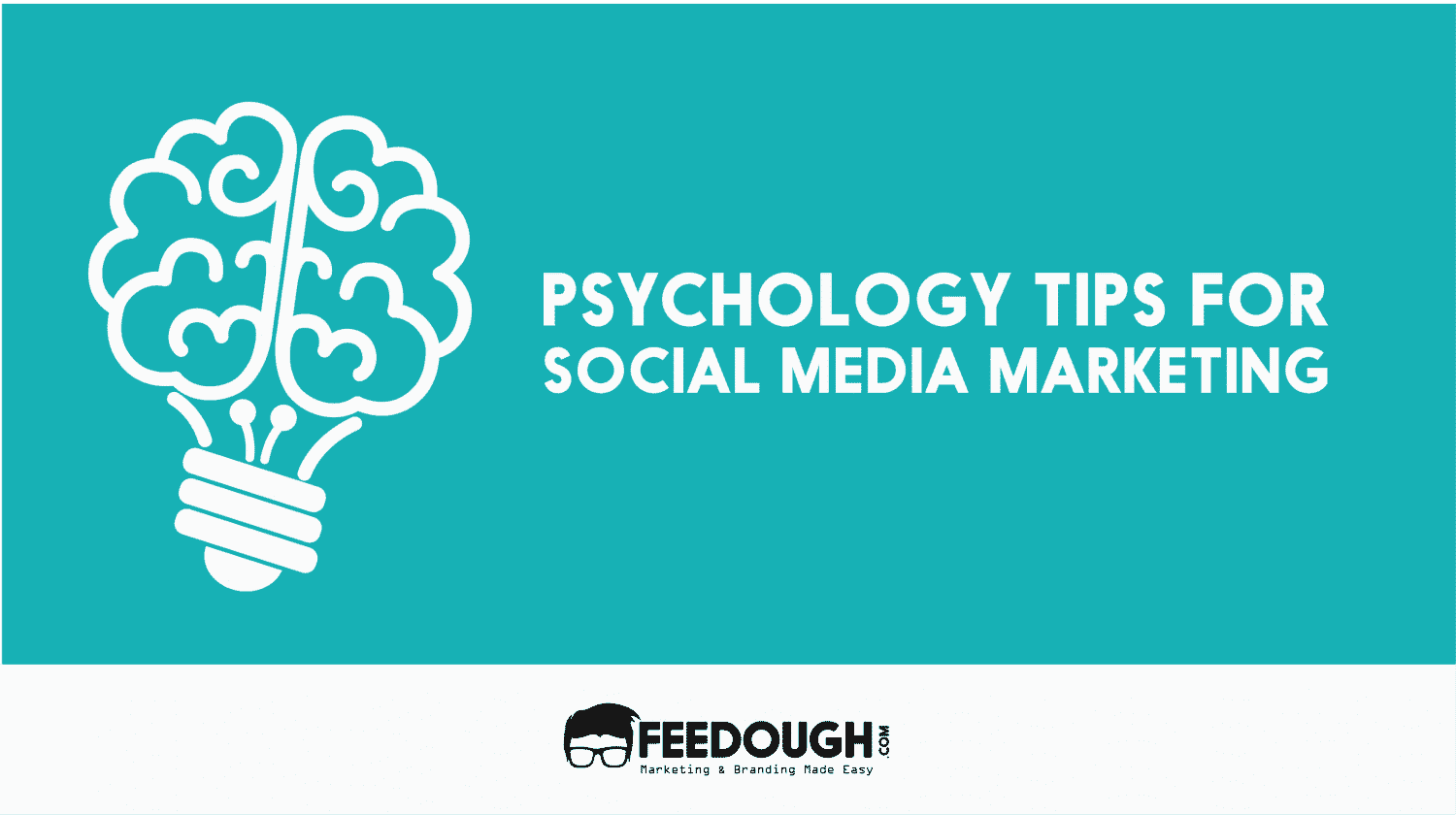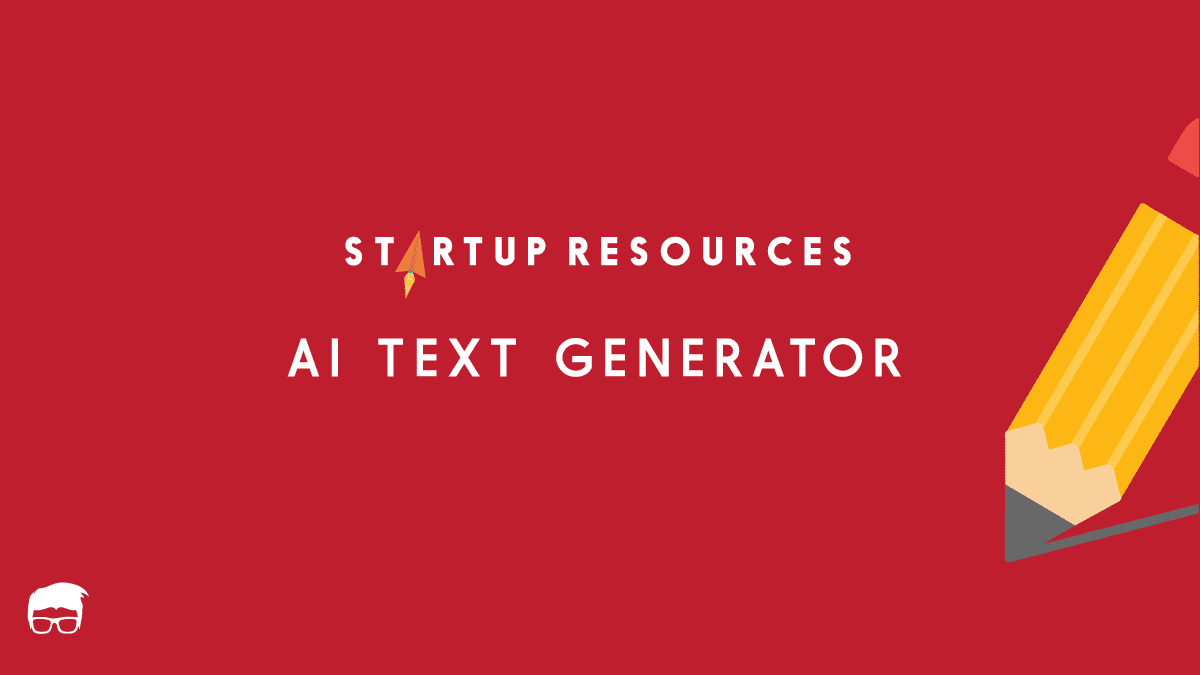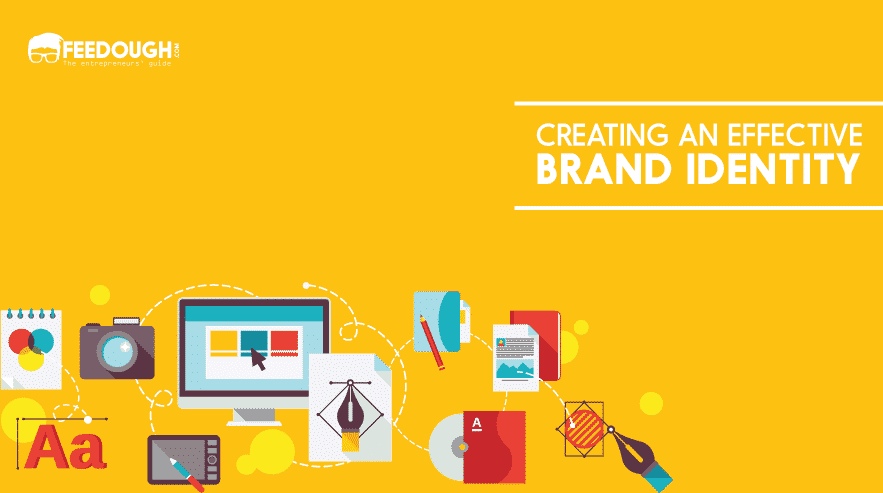Writing copy for social media is like being a chef in the kitchen. Like a chef carefully selects the right ingredients to create a delicious dish, a good copywriter chooses words carefully to create an engaging and memorable message. And just like a chef can’t rely on a single ingredient to make a great meal, a copywriter can’t rely on a single approach to create great content.
In this how-to guide on social media copywriting, we’ll explore the dos and don’ts of crafting effective content, share tips and tricks for creating engaging copy, and provide plenty of real-world examples to inspire your creativity.
Platform | What’s It Used For? | |
|---|---|---|
Frase.io | An SEO-powered AI writer to create customised social media copies tailored to your brand voice. | |
Rytr | A content writing assistant that can help you write catchy CTAs for your social media posts. | |
Scalenut | A content intelligence SaaS platform that provides templates for generating headlines specific to various social media platforms. | |
Copy.ai | An AI-powered copywriter that’ll help you brainstorm ideas and create targeted social media copies in a fraction of the time. | |
Simplified | A complete social media toolkit to streamline all your social media creation and management tasks. | |
Canva | Perfect for writing highly-personalised social media copies from scratch. |
How Is Social Media Copywriting Different?
Writing copies for social media is a whole different ball game. Sure, the basics are the same – you want to communicate your message effectively and persuade your audience to take action. But social media has unique rules and challenges, requiring a different copywriting approach. So, in this section, we will explore how social media copywriting differs from other forms of copywriting.
Website Copywriting Vs Social Media Copywriting
Aspect | Website Copywriting | Social Media Copywriting |
|---|---|---|
Character Limit | Generally unlimited, allowing for a more detailed and comprehensive approach. | Limited character count, requires conveying the message quickly and succinctly. |
Intent | Often geared towards conversion optimisation, focusing on driving sales and leads. | May focus more on building brand awareness and engagement, with a goal of increasing followers and engagement. |
Tonality | Can be more formal and informational, focusing on providing in-depth information to potential customers. | Should be more conversational and engaging, focusing on catching the viewer’s attention and encouraging interaction. |
Content Type | May include long-form content, such as blog posts and whitepapers, as well as detailed product descriptions and features. | Should be visually appealing, focusing on eye-catching images and videos that can be quickly consumed. |
SEO | Keywords and search engine optimisation are crucial to ensure that the website ranks well in search engine results. | While SEO is still important, social media algorithms prioritise engagement and relevance over keywords. |
CTA | Often includes clear calls-to-action, such as “Buy Now” or “Sign Up Today” buttons, to encourage conversions. | Calls-to-action may be less direct, focusing on encouraging interaction and engagement, such as “Like this post” or “Share with a friend”. |
Social Media Copywriting Vs Email Copywriting
Aspect | Email Copywriting | Social Media Copywriting |
|---|---|---|
Intent | Delivering information or promoting a specific call to action | Building brand awareness and engagement |
Target Audience | Specific audience segment | Wider range of people |
Personalisation | Highly personalised | Less personalised |
Tonality | Professional and formal | Casual and conversational |
Length | Longer, more detailed | Shorter, succinct |
Interactivity | Limited interactivity | Highly interactive |
Call To Action | Specific and clear | May not always have a clear call to action |
Conversion Optimisation | Highly focused on conversion optimisation | May not always be focused on conversion optimisation |
Frequency | Less frequent | More frequent |
Timing | Typically sent during business hours | Can be posted at any time |
Content Types | Newsletters, promotions, event invitations, and updates | Posts, stories, videos, and live streams |
Social Media Copywriting vs Advertising Copywriting
Aspect | Advertising Copywriting | Social Media Copywriting |
|---|---|---|
Intent | Drive conversions and sales | Build brand awareness and engagement |
Purpose | Persuasive and direct | Informative and conversational |
Call to Action | Often included | Optional |
Visuals | Attention-grabbing | Visually appealing and shareable |
Length | Often shorter | Can be longer depending on the platform and audience |
Audience | Targeted to specific demographics | Wider range of audience demographics |
Tonality | May be more sales-oriented | Maybe more relaxed and conversational |
Platform-specific | Tailored to specific advertising platforms | Tailored to specific social media platforms and their unique features |
Engagement | Focuses on driving action | Focuses on encouraging conversation and interaction |
Brand Identity | Reinforces brand identity and messaging | Builds and strengthens brand identity and messaging |
Social Media Copywriting Vs. Technical Writing
Aspect | Technical Writing | Social Media Copywriting |
|---|---|---|
Intent | Convey complex information | Create attention-grabbing content that resonates with the target audience |
Tone | Formal, objective | Conversational, informal |
Structure | Organised, logical | Creative, flexible |
Length | Longer, more detailed | Shorter, succinct |
Audience | Specialised, technical | General, diverse |
Call to Action | May be present but not always | Often included to encourage engagement |
SEO Optimisation | Important to optimise for search engines | Important to include relevant keywords and hashtags |
Visual and Images | Not always included or necessary | Often rely heavily on images and videos to grab attention |
Understanding the Purpose of Each Social Network
Social media networks are not created equal – each has its own unique audience, purpose, and expectations. Rather than using a one-size-fits-all approach, it’s crucial to understand the distinct characteristics of each network and tailor your content and message accordingly.
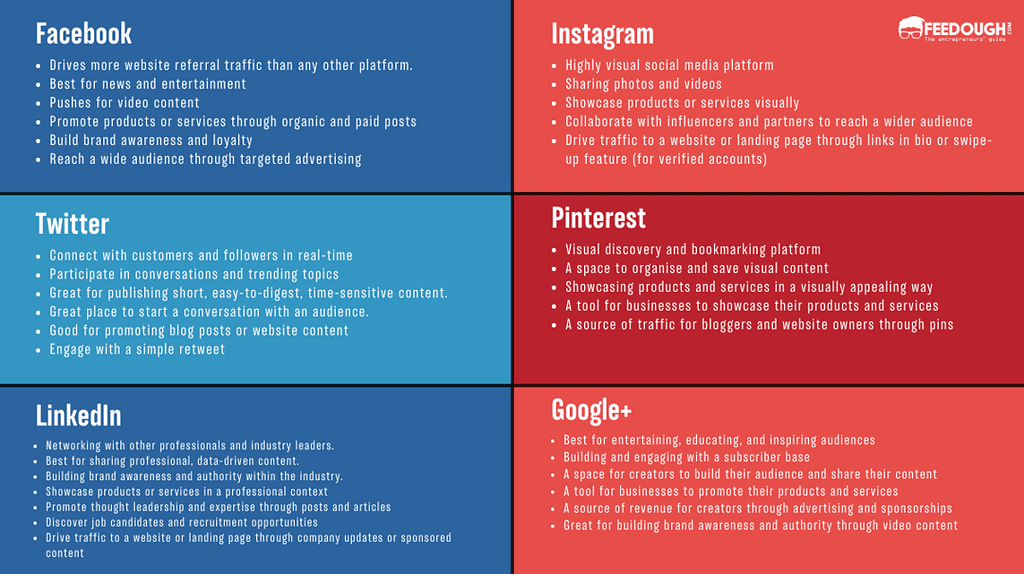
- Drives more website referral traffic than any other platform.
- Best for news and entertainment
- Pushes for video content
- Promote products or services through organic and paid posts
- Build brand awareness and loyalty
- Reach a wide audience through targeted advertising
- Highly visual social media platform
- Sharing photos and videos
- Showcase products or services visually
- Collaborate with influencers and partners to reach a wider audience
- Drive traffic to a website or landing page through links in bio or swipe-up feature (for verified accounts)
- Connect with customers and followers in real-time
- Participate in conversations and trending topics
- Great for publishing short, easy-to-digest, time-sensitive content.
- Great place to start a conversation with an audience.
- Good for promoting blog posts or website content
- Engage with a simple retweet
- Visual discovery and bookmarking platform
- A space to organise and save visual content
- Showcasing products and services in a visually appealing way
- A tool for businesses to showcase their products and services
- A source of traffic for bloggers and website owners through pins
- Networking with other professionals and industry leaders.
- Best for sharing professional, data-driven content.
- Building brand awareness and authority within the industry.
- Showcase products or services in a professional context
- Promote thought leadership and expertise through posts and articles
- Discover job candidates and recruitment opportunities
- Drive traffic to a website or landing page through company updates or sponsored content
YouTube
- Best for entertaining, educating, and inspiring audiences
- Building and engaging with a subscriber base
- A space for creators to build their audience and share their content
- A tool for businesses to promote their products and services
- A source of revenue for creators through advertising and sponsorships
- Great for building brand awareness and authority through video content
Understanding the Mechanics
Writing a social media post is much more than just typing out a message and hitting the “Post” button. Before diving into the actual writing process, let’s look at some basic technical considerations for writing posts on different social platforms.
Character Limit
Every social network has its own character limit. Some platforms give you a bit more wiggle room, while others require you to be short and sweet with your message. The key is to make every character count and get your message across effectively within the limit.
Social Media Platform | Character Limit |
|---|---|
Facebook | 63,205 |
Instagram | 2,200 |
Twitter | 280 |
YouTube | 5,000 |
Pinterest | 500 |
LinkedIn | 1,300 |
Image and Video Requirements
Keep in mind that each platform has its own specific size and format requirements for images and videos. For instance, Instagram generally favours square or vertical images that display well on mobile devices, while YouTube has specific requirements for video resolution and file size to ensure smooth playback. Other platforms like Facebook and Twitter have unique media content specifications. Ignoring these requirements may result in a distorted or pixelated image or video, negatively impacting your post’s engagement and user experience.
Each network follows different best practices for using hashtags.
Social Media Platform | Recommended Hashtag Usage |
Facebook | Hashtags are not as popular or recommended. |
Twitter | Not more than 3 hashtags per tweet. |
Instagram | Use up to 11+ but should be relevant. |
LinkedIn | Hashtags are not as popular or effective, but using 3-5 relevant hashtags per post is recommended. |
Pinterest | 2-3 relevant hashtags per pin. |
YouTube | 1-3 relevant hashtags per video title. |
Call to Action
To encourage users to engage with your content, including a clear call-to-action (CTA) in every post is essential. A CTA can be a link to your website, an invitation to like or share your post, or a comment request. However, it’s important to note that the placement and format of CTAs may differ depending on the platform. Therefore, it’s crucial to consider each platform’s specific requirements to ensure that your CTA effectively encourages user engagement.
Best Time To Post
Each platform has its peak times when users are most active, so scheduling your posts accordingly is important. Here’s a table listing the best times and days to post on various social media platforms:
Social Media Platform | Best Day to Post | Best Time to Post |
|---|---|---|
Instagram | Saturday | 6 PM – 9 PM12 PM – 3 PM3 PM – 6 PM. |
Facebook | Friday and Saturday | 6 and 9 PM 12 PM – 3 PM. |
Twitter | Friday and Wednesday | 9 AM – 12 PM12 PM – 3 PM3 PM – 6 PM. |
LinkedIn | Monday, Wednesday, or Tuesday, in that order. | 9 – 12 PM12 – 3 PM3 – 6 PM. |
Pinterest | Friday | 3 PM and 6 PM.6 – 9 PM |
YouTube | Friday and Saturday | 6 PM and 9 PM 3 to 6 PM (22%)Noon to 3 PM. |
Creating and publishing content on multiple platforms regularly can be time-consuming and overwhelming. You may struggle to keep track of post schedules in a timely manner. With its user-friendly interface and powerful features, you can use Simplified to streamline all of your social media management tasks.
How To Craft A Social Media Copy
Now that you understand the mechanics, here’s how you can proceed with writing a compelling social media copy:
Write An Attention-Grabbing Headline
Your headline is the first thing a person sees, so it must be compelling enough to make them stop scrolling and read your post.
Here are a few tips to help you write a strong headline:
- Be concise: Your headline should be concise and to the point. Aim for 8-12 words maximum. Make sure your audience can read it quickly and easily. For example, “Struggling with Productivity? Discover the Secret to Getting More Done in Less Time.”
- Use numbers: Including a number in your headline is a great way to grab your user’s attention. Numbers provide a clear and quantifiable benefit to your audience, making your post more enticing. For example, “5 Ways to Boost Your Productivity” or “10 Surprising Facts About Your Brain.”
- Pose a question: Asking a question in your headline can pique your audience’s curiosity and encourage them to click. For example, “Are You Making These Common Mistakes in Your Marketing Strategy?”.
- Use emotional language: Emotions drive clicks, which you can use to your benefit. If you saw a headline like “This Heartwarming Story Will Make You Believe in the Power of Kindness,” wouldn’t you want to know more? That kind of headline taps into our emotions, evoking feelings of warmth, positivity, and hope. And that’s exactly what you want your social media copy to do.
- Create a sense of urgency: Adding a sense of urgency to your headline can create FOMO (fear of missing out) and encourage your audience to click. For example, “Limited Time Offer: Save 50% on Our Best-Selling Product Today!”.
In case you’re running out of ideas and struggling to come up with a headline, Scalenut offers various headline generator templates specially created for social media copies that you can use.
Keep It Short
In today’s digitally-focused world, where an average person’s attention span barely lasts for 8.25 seconds, it’s almost impossible to get users to read a long post – and that’s if they read it at all. Users on social media only crave short, bite-sized content. That’s what makes this a highly competitive space – you have to fight tooth and nail just to get a couple of seconds of someone’s time.
And that’s exactly why you need to keep your posts short and simple. Social media isn’t the place to post long winded-stories, tediously verbose ramblings, or detailed explanations anymore.
Take a look at this post by Casper:

The Instagram caption really lets the image be the hero of the post. The message is short and to the point, tying nicely with the image and the product.
Remember, people on social media are usually just skimming through. So, make sure to put the most important information right up front and keep your message as brief as possible. That way, you can get your point across ASAP before they move on to the next thing.
Add Visuals
You know that feeling when you’re scrolling through your feed, and suddenly a post catches your eye and makes you stop in your tracks? Well, that’s what every social media platform is about these days. And visuals are key when it comes to stopping users on their scrolling spree. Let’s face it, pictures and videos are way more attention-grabbing than plain old text. So if you want to make an impact, it’s crucial to use great images and videos that will make people stop and take notice.
But that doesn’t mean you can simply post a picture or a video, write anything in the caption and call it a day. You still need to put some effort into crafting a good caption or description to go with it. While visuals tend to steal the show, it’s important to realise that the copy can decide whether someone clicks on your post or not. It’s a collaborative effort of the copywriter and the designer, ensuring that the visuals and the text complement each other well while telling the same story.
Check out this post from Flamingo:

The text is closely tied to the image and highlights the advertised product’s functionality.
Make It Actionable
Like any other marketing channel, you should have a goal for your brand on social media, and your copy needs to reflect that goal through a call-to-action (CTA). The CTA should be specific and aligned with your objective, as this can increase the chances of your users taking the desired action. Whether you want them to sign up for your newsletter, download an ebook, or make a purchase, using a clear and specific CTA can make all the difference.
If you’re struggling to think of engaging CTAs for your social media posts, Rytr can help take the pressure off and provide some inspiration. All you have to do is choose your tone and type in your input. And just like that, Rytr will generate a catchy CTA for you.
Using emojis in your social media copy is a great way to add some personality and fun to your posts. However, it’s important to use them sparingly and not overdo them. Including too many emojis in every post can come across as unprofessional or borderline annoying. Instead, try to limit yourself to one emoji per post and use it to emphasise a specific point or add some humour to your message.
Another useful tool in your social media toolkit is hashtags. By using relevant hashtags, you can create larger conversations and trends surrounding your brand on social media. For instance, if you’re posting about a popular event or topic, using the official hashtag can help get your post in front of more eyes. You can also create your own branded hashtags for larger campaigns, allowing you to track engagement and connect with your audience in a more meaningful way.
Copywriting Frameworks for Different Social Networks
When it comes to social media marketing, having a framework to guide your messaging can be incredibly helpful. Here are some popular copywriting frameworks to use and how you can apply them on different platforms:
- AIDA (Attention, Interest, Desire, Action) framework: The AIDA framework is all about capturing your audience’s attention, building their interest, creating a desire for your product or service, and then prompting them to take action. On Facebook, this could mean starting with an attention-grabbing headline or image, using engaging language to build interest in your offering, highlighting its unique benefits to create desire, and including a clear call-to-action (like “Shop now!” or “Sign up today!”).
- PAS (Problem-Agitate-Solution) framework: This framework starts by identifying a problem that your target audience is experiencing, then agitating that problem to make it feel more urgent, and finally presenting your solution as the best way to solve it. On Facebook, this might mean addressing a common pain point in your industry, discussing its negative impact on your audience, and then positioning your product or service as the answer.
If you’re struggling to create effective social media copies for your Facebook page that are both on-brand and utilise these frameworks, frase.io can help.
- 4Cs (Clear, Concise, Compelling, Credible) framework: This framework emphasises the importance of crafting easy-to-understand, interesting-to-read, and trustworthy tweets. On Twitter, where brevity is key, it’s especially important to be clear and concise while still conveying a compelling message that will resonate with your audience. Including credible sources or testimonials can also help build trust.
- AIDCA (Attention, Interest, Desire, Conviction, Action) framework: This is similar to the AIDA framework but includes an additional step focused on building conviction. On Twitter, where attention spans are short, it can be helpful to capture your audience’s attention with a bold statement quickly, then build their interest and desire for your offering before using social proof or other persuasive tactics to strengthen their conviction that your product or service is the best choice.
- FAB (Features, Advantages, Benefits) framework: This framework focuses on breaking down the unique features of your product or service, highlighting their advantages over the competition, and then translating those advantages into tangible benefits for your audience. On Instagram, where visual content is king, this could mean using high-quality images or videos to showcase your product’s features and explain how they’ll improve your audience’s life.
- PASTOR (Problem-Agitate-Solution-Takeaway-Offer-Response) framework: Similar to the PAS framework, but with the addition of two new steps: takeaway (where you explain what your audience will lose if they don’t take action) and offer (where you present a specific offer or incentive to encourage action). On Instagram, this could mean using a series of images or videos to tell a story that starts with a relatable problem, build urgency and desire, and offer a clear solution and incentive to your audience that influences them to take action.
- Problem-Solution-Benefit framework: This framework is all about identifying the specific problem your target audience is facing, presenting your solution as the best way to solve it, and then highlighting the benefits of your solution. On LinkedIn, where many users are focused on professional development and career growth, this might mean positioning your product or service as a way to solve a common pain point in your industry and help your audience achieve their goals.
- 4 Us (Useful, Urgent, Unique, Ultra-specific) framework: This framework is helpful for creating LinkedIn posts that aim to generate interest in a product or service. It suggests that your post should be useful (providing value to the viewer), urgent (creating a sense of urgency to take action), unique (standing out from other similar offerings), and ultra-specific (being very clear and specific about what you’re offering and why it’s valuable).
Do’s & Don’ts Of Social Media Copywriting
Here’s a little list of do’s and don’ts to keep in mind before crafting a social media copy:
Do’s
- Be concise: Keep your copy short and sweet. Social media users have short attention spans, so make your message clear and easy to understand in just a few words.
- Know your audience: Understand your target audience and tailor your copy to their preferences and interests.
- Use visuals: Include eye-catching visuals such as images or videos to help your message stand out in a crowded social media feed. You can even use social media graphics tools like Canva to create objective oriented graphics for your posts.
- Include a call-to-action: Encourage your audience to take action by including a clear call-to-action in your copy, such as “Click here to learn more” or “Follow us for updates”.
- Be authentic: Speak in a voice consistent with your brand and authentic in your messaging.
Don’ts
- Use too much jargon: Avoid using industry-specific jargon that your audience may not understand.
- Overuse hashtags: While hashtags can increase visibility, overusing them can make your copy appear spammy and hard to read.
- Be insensitive: Be mindful of current events and social issues and avoid posting anything that could be seen as insensitive or offensive.
- Ignore grammar and spelling: Sloppy copy can make your brand appear unprofessional, so be sure to proofread your copy carefully before posting. I prefer using Grammarly to avoid such silly mistakes.
- Overpromote: While promoting your brand is important, over-promoting can turn off your audience. Make sure to strike a balance between promotion and providing valuable content to your audience.
An ardent reader, full-time writer and a lover of all things purple. Riya is an entrepreneurial spirit, making her way in the start-up industry through her expressive writing. When not working, you can find her jamming to music, watching period films, eating sushi, or petting cats.
